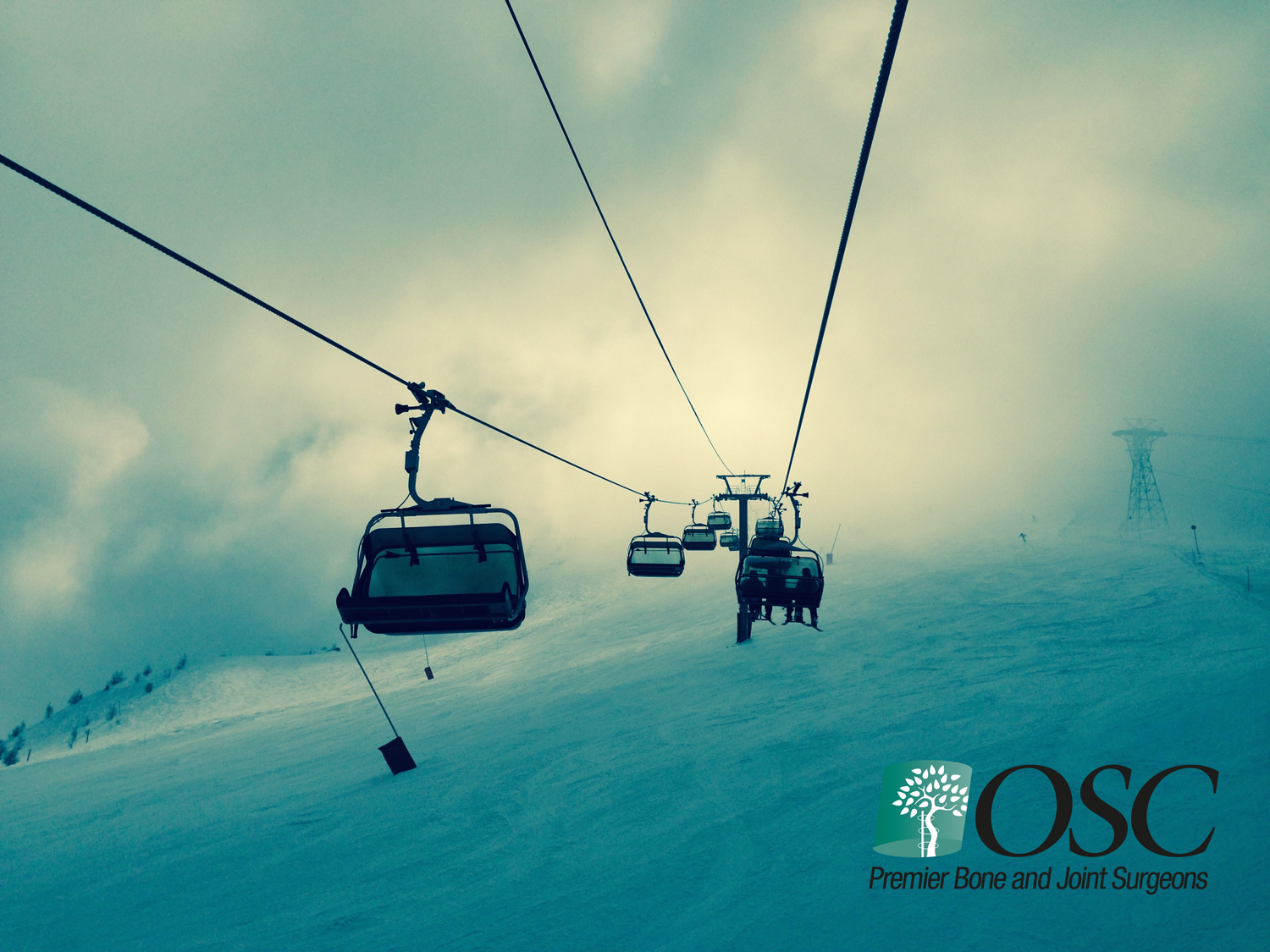It’s that time of year. The weather is getting colder and the mountains are calling. Ski season is just around the corner and you can’t wait to get in that first run of the year. Skiing is something we look forward to and love doing, but in all the excitement, it’s easy to forget about preparing your knees and hips for the twists and turns of the slopes. Each year, there are plenty of people who start their first trip without the right physical preparation and end up injured early in the season. This year, as you’re getting your gear ready and planning a weekend trip to your favorite resort, try a few of these tips to help prepare your joints for your favorite winter pastime.
Alignment
The first thing you can do is focus on your alignment. Correct positioning is key to avoiding putting too much pressure on your knees and hips. A quick exercise you can do to work on alignment is to stand in front of a mirror at home in a skiing position, with your feet parallel and hip-width apart. As you bend your knees, imagine a dot in the center of your knee extending down to the floor. The dot should land between your second or third toe. You may find your knees bending inward, an alignment that puts added stress on the kneecap and quadriceps tendons. Focus on keeping the knees straight. Practice this stance by moving from a normal standing position, to a ski pose, and back to a standing position. Doing 30 reps of this exercise, three times daily, will help strengthen muscle memory and will start to become your default movement as you head down the mountain.
Build up your quads
The next thing you can do while waiting for the snow to fall is to build your quadriceps. Your quadriceps are the big muscles above the knee and are responsible for absorbing most of the impact that skiing puts on your joints. Building strong quads will act as a cushion for your knees. A great exercise to try is squatting with only one leg at a time. To ensure you have good alignment, make sure your knee falls over the center of your foot while bending down. Traditional squats can also be extremely helpful as well, increasing the weight as you begin to master your alignment.
Lastly, remember to stay within your abilities as it pertains to skill level and duration. Although wrecks and falls come with the territory, it’s important to only take on runs that you can manage. A single bad fall can undo all your hard work and take away skiing for the rest of the year. Overuse can also be a joint killer, so remember to take breaks and listen to what your body is telling you. At the first signal of joint pain, stop! It can take a long time to undo a small period of overuse. It might be better to sit out half a day of skiing at the first sign of joint pain, rather than a whole season. Don’t let your first run of the year be your last!

